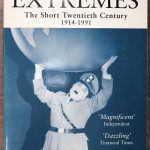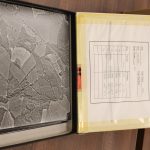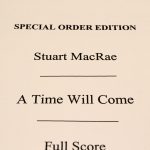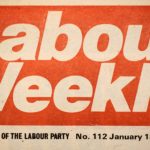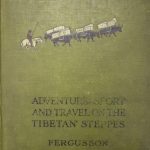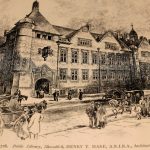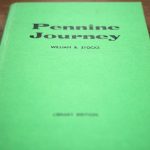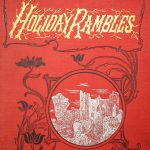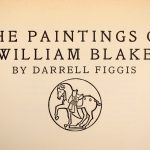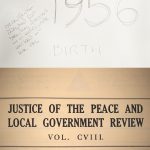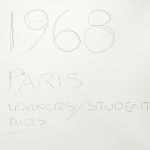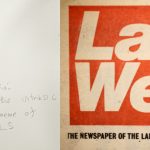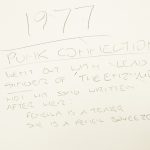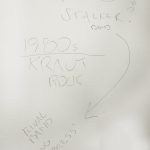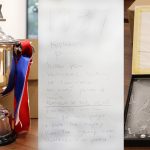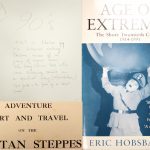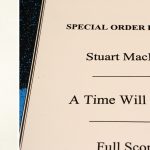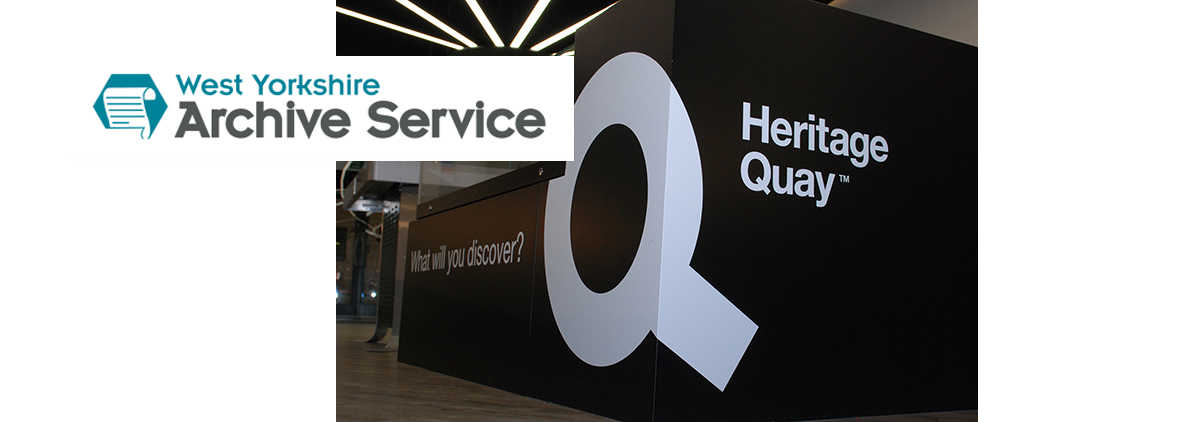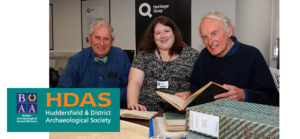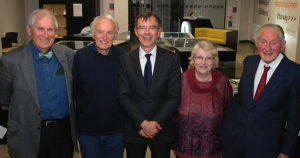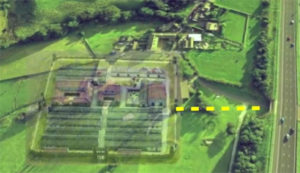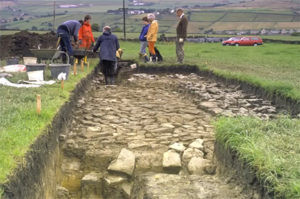The weekend of the 9-10 September 2017 saw the return of the 4th World Congress of Psychogeography to Heritage Quay. As well as being a lot of fun, more importantly it was the last event to take place as part of our Heritage Lottery-funded Heritage Quay engagement project. As I reflected on the past three years of engagement work I realised that the Congress, and the session I ran at it this year (Archive Dérive), was a microcosm for the way that we’ve tried to work at HQ.
So, how does me running a session called Archive Derive at the 4th Congress of Psychogeography sum us up?
0.5) What is Psychogeography?
Psychogeography has a few definitions, which include “the study of the influence of geographical environment on the mind or on behaviour” or “the geographical environment of a particular location, typically a city, considered with regard to its influence on the mind or on behaviour.” For the lay person, it’s an approach to the world around us that, using the tools of psychology, sociology, art, philosophy etc, makes us look at the familiar through new eyes.
1) Local connections and collaboration
The idea for the Congress came from another event we ran back in 2016 and was the result of something that Huddersfield is great for – connections and contacts. In January 2016 we ran a historic Maps Day and as part of the planning I was put in touch with some local psychogeographers. Although what they did didn’t fit with the planned day we decided it was worth doing something together. This small group of four became the committee for the Congress. The HQ project has been really interested in creating communities of interest around our collections, particularly regarding local history, music and rugby league and this seemed like another community we could support.
2) The Congress as an alternative Heritage Open Days event
Throughout the HQ project, we have tried to be as experimental and interesting as possible (!) and the Congress fits that bill. HODs is about opening up spaces and telling stories about the historical built environment, offering free experiences you can’t get at any other time. What do you do when you already offer free entry and behind the scenes tours? My solution was to take the same parameters but approach them in a very different way – through psychogeography.
3) The Archive Dérive
I am fascinated by the connections between collections and created a session which explored this idea, working with psychogeographical ideas. A Dérive is a alternative method for travelling through a space, often with random or arbitrary rules. Of course, we couldn’t let the public roam around the archives so I did a derive of my own, plotting a map of places I’ve lived onto a plan of the main strongroom.
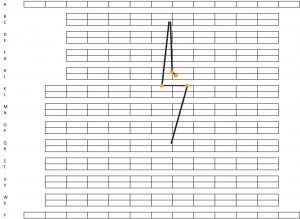
I then selected objects based on those points – following my instincts to select things. Because I was doing the workshop twice I moved the results slightly to end up with two different selections. This is what I ended up with:
On the Saturday of the Congress I asked two groups of psychogeographers to assemble in the searchroom. Each group was given a box of collections and asked to use them to create a (fictional psychogeographer’s) life story. We worked together to interrogate the archival objects and documents and used them to populate a timeline. It was a lot of fun! I encouraged the groups to be as creative, silly and imaginative as possible and they made some very entertaining connections. Who knew you could link a dating service with snails and Tibetan monks?
These were the results:
David Bollinger

Fenella Brandenberg
The workshops were lots of fun, with mystical and dramatic ideas added together to create some tall tales. At the same time, previously unconnected collections were brought together and linked, by non-specialists, into something greater than the sum of their parts. Which when I think of it is what we always want to do.


